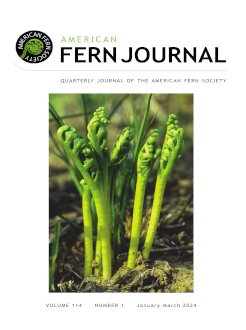Prairie moonwort, Botrychium campestre, was discovered in 1990 in the Bonny Prairie Natural Area of eastern Colorado, the species' southernmost occurrence in the Great Plains. In the years following discovery, the population was monitored by recording the number of aboveground plants. From the initial discovery of three plants in 1990, numbers remained low through 1996, and none were observed from 1997 through 2009. An analysis of soil samples collected in 2007 from the site confirmed belowground viable gemmae (vegetative sporophytic propagules produced by the sporophyte stem). Following two years of above-average precipitation in 2008 and 2009, plus artificial watering in those years, 12 aboveground plants were found in 2010. In 2011, another wet year, 63 aboveground plants were recorded. In the following two drought years, the number returned to zero and has remained low in subsequent years. We address the belowground biology of Botrychium and its mycorrhizal symbiont that make possible the persistence of populations in the absence of aboveground plants, as well as correlation with precipitation and implications for detection and conservation of Botrychium populations.
How to translate text using browser tools
1 March 2024
Population Persistence of Botrychium (Ophioglossaceae) without Production of Aboveground Plants
Steve J. Popovich,
Cindy L. Johnson,
Donald R. Farrar
ACCESS THE FULL ARTICLE

American Fern Journal
Vol. 114 • No. 1
January-March 2024
Vol. 114 • No. 1
January-March 2024
drought
gemmae
Glomus
mycorrhizal associations
prairie




